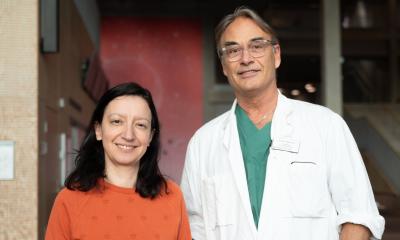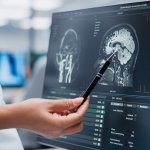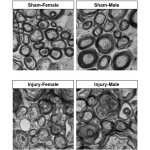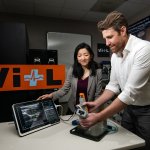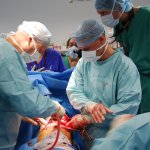
News • Exploring the role of P2X7
Preventing epilepsy after traumatic brain injury
Traumatic brain injury can lead to post-traumatic epilepsy (PTE). Researchers focus on a specific brain receptor to better understand and prevent PTE in at-risk patients.








